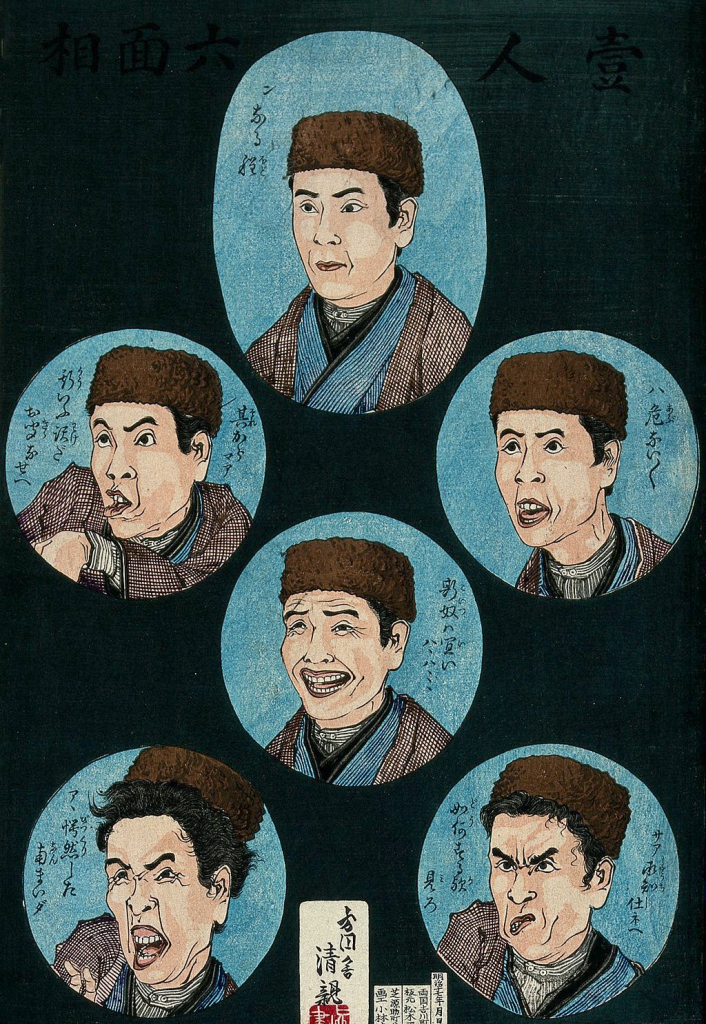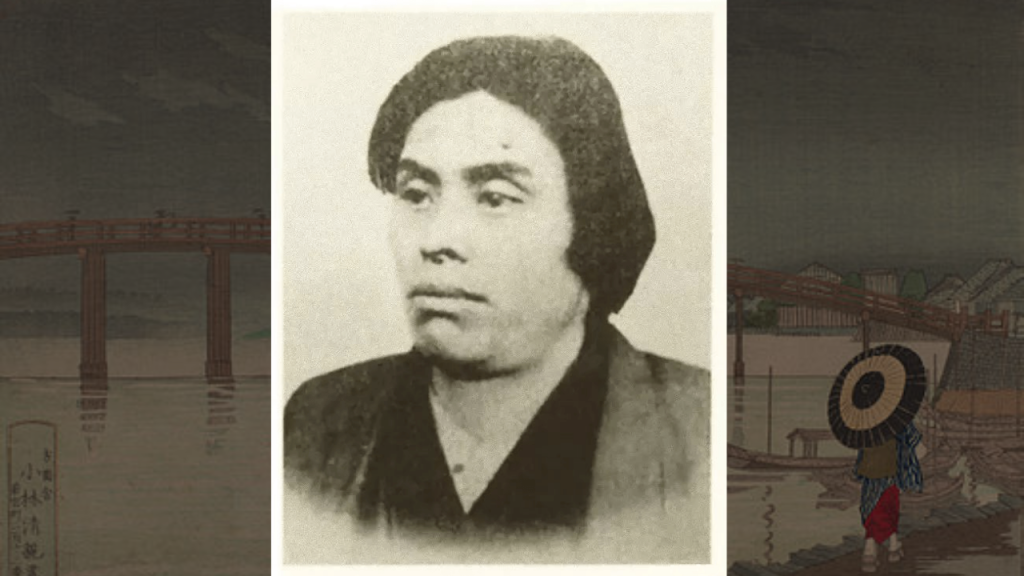Kobayashi Kiyochika: The Last Ukiyo-e Master
Early Life and Influences
Kobayashi Kiyochika was born in Edo (modern-day Tokyo) in 1847, at a time when Japan was on the verge of significant transformation. Raised in a samurai family, Kiyochika was deeply influenced by traditional Japanese art and culture. However, after the Meiji Restoration in 1868, Japan opened up to Western ideas, and Kiyochika’s work began to reflect this new era of modernisation.
A Fusion of Tradition and Modernity
Kiyochika’s most famous works, such as his series “One Hundred Views of Musashi,” capture the urban transformation of Tokyo with a blend of traditional ukiyo-e techniques and Western artistic elements. His use of chiaroscuro (light and shadow contrasts) borrowed from Western art added a dramatic effect, creating atmospheric landscapes that stood out from other ukiyo-e prints. This fusion of old and new was a hallmark of his work.

War and Patriotism in Art
In addition to landscapes, Kiyochika created vivid woodblock prints that depicted Japan’s military victories, particularly during the First Sino-Japanese War. These prints showcased his patriotism and helped him gain recognition during a time when Japan was asserting itself on the global stage. His ability to adapt to new themes while maintaining his unique style demonstrated his versatility as an artist.

Legacy and Recognition
Although Kiyochika’s work was initially overshadowed by the rapid Westernisation of Japan, he is now recognised as a significant figure in Japanese art. His ability to blend traditional ukiyo-e with modern techniques paved the way for future generations of artists. Today, Kobayashi Kiyochika is celebrated as one of the last great ukiyo-e masters, whose art reflects the cultural shifts of Japan during the Meiji period.






